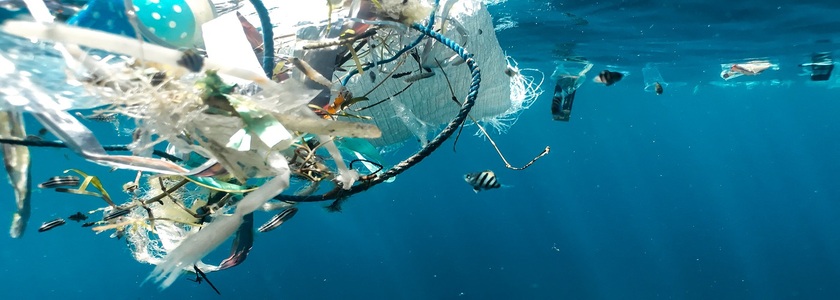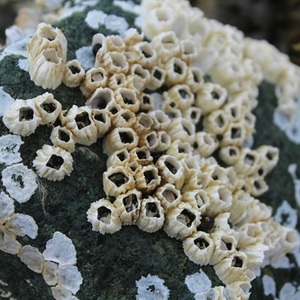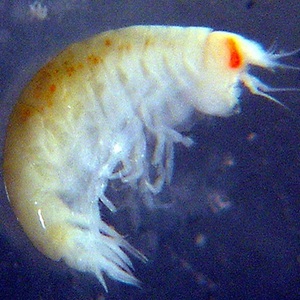

Plastic pollution around the world isn't a new story. Over the past couple of years, we've presented several articles on increasing plastic pollution in the ocean, in particular. Plastic is now starting to become so prevalent in certain parts of the ocean, that certain species are even thriving within mini “island” ecosystems of rafted plastic. One such area is in the North Pacific Ocean in a zone known as the Great Pacific Garbage Patch.
This patch of plastic garbage is twice the size of the state of Texas and collects in an area roughly halfway between Hawaii and the coast of California. The ocean currents in this region form a circulation, or gyre, that works to collect plastic coming from coastal areas and traps it within the gyre.
Recently, a team of scientists, headed by Linsey Haram, of the Smithsonian Environmental Research Center examined Pacific Ocean plastic collected by the nonprofit Ocean Voyages Institute and they found more than 40 species of coastal marine life living and even reproducing on these makeshift islands. The species included barnacles, mussels, shrimp-like amphipods, anemones, and hydroids. Previously, scientists had known that coastal species could hitch a ride on logs and seaweed, however this material tends to eventually disintegrate, whereas plastic holds together for a relatively long period of time. This enables organisms to hitch a ride, potentially across an entire ocean basin, much like nearly 300 species did in the debris left in the wake of the 2011 Japanese tsunami.
These rafting organisms present the issue of invasive species, not only interfering with the open ocean ecosystem, but also potentially with those of foreign coastlines. Currently, there is not yet enough long-term research on these plastic patches to determine what impacts they may be having on the food web of the open ocean. However, the more plastic that continues to get carried out to sea, the more opportunity for species to one day have potentially harmful effects on the native species of a coastline far away.

